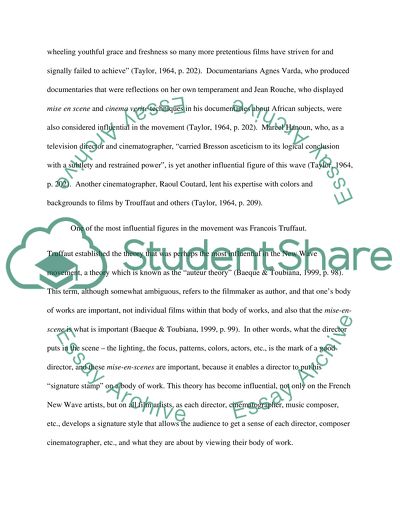Cite this document
(“HISTORY OF MOTION PICTURES Research Paper Example | Topics and Well Written Essays - 1500 words”, n.d.)
HISTORY OF MOTION PICTURES Research Paper Example | Topics and Well Written Essays - 1500 words. Retrieved from https://studentshare.org/miscellaneous/1574447-history-of-motion-pictures
HISTORY OF MOTION PICTURES Research Paper Example | Topics and Well Written Essays - 1500 words. Retrieved from https://studentshare.org/miscellaneous/1574447-history-of-motion-pictures
(HISTORY OF MOTION PICTURES Research Paper Example | Topics and Well Written Essays - 1500 Words)
HISTORY OF MOTION PICTURES Research Paper Example | Topics and Well Written Essays - 1500 Words. https://studentshare.org/miscellaneous/1574447-history-of-motion-pictures.
HISTORY OF MOTION PICTURES Research Paper Example | Topics and Well Written Essays - 1500 Words. https://studentshare.org/miscellaneous/1574447-history-of-motion-pictures.
“HISTORY OF MOTION PICTURES Research Paper Example | Topics and Well Written Essays - 1500 Words”, n.d. https://studentshare.org/miscellaneous/1574447-history-of-motion-pictures.


